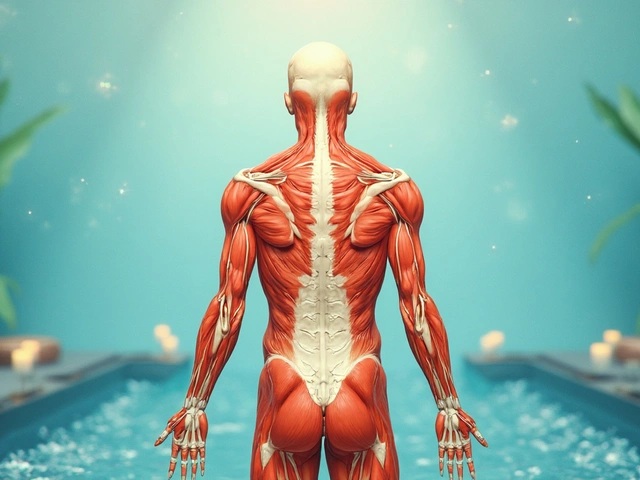Healing Touch: Practical Massage & Energy Techniques for You and Your Dog
Touch changes the body fast. A short, calm session can lower stress, ease muscle tension, and speed recovery for both humans and dogs. This page collects simple, useful healing-touch ideas—massage techniques, gentle energy work, and quick relaxation tools you can try right now.
Quick hands-on routine you can use in 5 minutes
Start with a calm space and slow breaths. For a dog: have them sit or lie comfortably, stroke the neck from ears to shoulders three times to check for tight spots. Use flat hands and light pressure—dogs show consent by softening, wagging, or leaning into your hand. If your dog pulls away, stop and try again later.
For yourself: place both hands on your chest or belly and breathe into the area for one minute. Then rub the base of your skull and the top of your shoulders with slow, downward strokes to release neck tension. Finish with gentle circular motions over your temples for 30 seconds to ease mental tension.
What types of healing touch help most—and when to see a pro
Different bodywork tools help different problems. Neuromuscular and sports massage target tight bands and performance recovery. Myofascial release eases long-standing stiffness. Energy approaches like Reiki or polarity therapy help people relax and feel emotionally balanced. For dogs, gentle massage and myofascial-style strokes can ease mobility issues and post-exercise soreness when done carefully.
Know when to stop or get professional help: if touch causes sharp pain, sudden limping, swelling, or behavior changes in your dog, contact a vet. For persistent pain, numbness, or serious injuries in yourself, see a licensed therapist or doctor. Use hands-on care as a complement—not a replacement—for medical treatment.
Simple safety rules: keep sessions short at first (3–10 minutes), watch body language, avoid direct pressure on inflamed spots, and ask a certified practitioner for advice if your pet has surgery, fractures, or chronic disease. For people, avoid deep pressure on inflamed joints or recent injuries without professional guidance.
Short, regular sessions beat one-off intense treatments. Five minutes of daily calm can reduce tension and improve sleep more than a single long session every few months. Mix touch with breathing, calming scents, or slow movement for better results—pair a gentle massage with three deep breaths or a two-minute guided calm routine.
Want to learn more? Look for articles on sports massage for recovery, Ayurvedic and Maya abdominal techniques for digestion, myofascial and neuromuscular methods for stubborn pain, and energy work like Reiki for emotional balance. Try one new technique at a time and note what changes—both in how a dog moves and how you feel—so you can build a short, effective healing-touch routine that fits your life.

Healing Touch: A Game Changer in Holistic Health
Healing Touch is revolutionizing the realm of holistic health by blending ancient energy practices with modern therapeutic methods. This approach aims to restore balance and promote wellness through gentle, non-invasive techniques. Discover the secrets behind how Healing Touch can enhance well-being, reduce stress, and accelerate recovery. Learn practical tips and scientifically-backed facts about this innovative therapy. Whether you're a wellness enthusiast or seeking alternative health solutions, this article offers insightful information on making Healing Touch a part of your lifestyle.

Exploring the Benefits of Healing Touch: A Comprehensive Guide to Achieving Inner Peace
Discover the transformative power of Healing Touch in this insightful article that explores how this practice can lead to a deeper sense of inner peace. Learn about the historical roots of Healing Touch, gain practical insights and tips for incorporating this method into your own self-care routine, and understand its physiological effects on stress reduction and holistic health. As we dive into personal experiences and scientific studies, the article sheds light on how Healing Touch can become an integral part of your pathway to well-being and tranquility.




